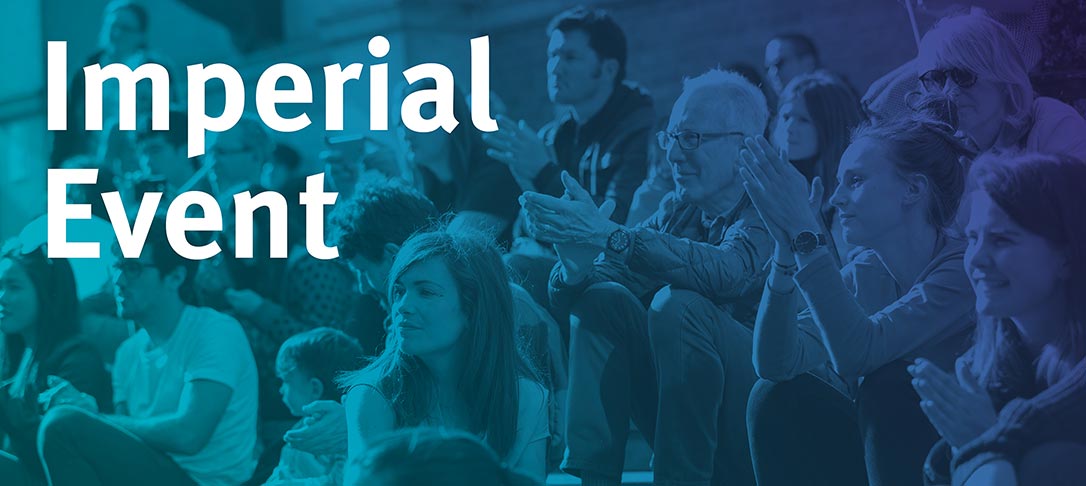
Abstract
The language of proof gives mathematicians a powerful way to precsiely communicate the details of their ideas. Yet behind any good proof lies deep intuition that can be harder to communicate. In contrast the world of art has powerful ideas to communicate unstatable ideas. What can we do in mathematics to communicate intuition and experience? Illustration and visualisations are a start, but have a chance of simply being passively observed. This talk will describe examples of teaching and research mathematical experiences, from coloring pages and projective geometry through Gauss Bonnet to Lie Algebras and Markov’s Theorem on Diophantine approximation. The projects discussed include joint work with Mathematicians Pierre Arnoux (Univ. Aix Marseille) and Jeremy Van Horn Morris (University of Arkansas) and Landscape Architect Carl Smith (University of Arkansas).
Edmund Harriss is a mathematician and artist in the Department of Mathematical Sciences at the University of Arkansas. He has done research on the geometry of tilings and patterns, such as the Penrose tiling, but more recently describe himself as pursuing unusual applications of mathematics. Some of these are really quite traditional, for example working with physicists to model the geometry of two dimensional crystals, but others are more exotic controlling robots and working with architects and designers. His research has appeared in a wide range of journals including Nature, and the Proceedings of the National Academy of Science, and in the national and international media, including New Scientist, NPR and the Guardian. His artwork is installed in several universities from Imperial College to the University of Arkansas. He has published two colouring books with Alex Bellos that between them give a wide overview of mathematics including many active research areas, and created the mathematical toy Curvahedra https://curvahedra.com
Further information on Edmund Harriss research can be found here.